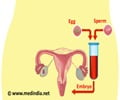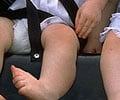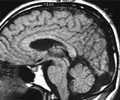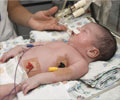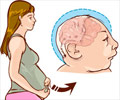There is a risk of major birth defects tied to various types of assisted reproductive technology.
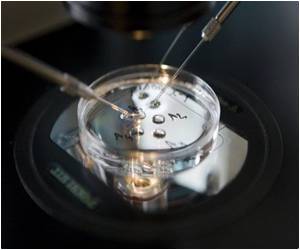
They also compared the risk of birth defects after fresh and frozen embryo transfer.
"While assisted reproductive technologies are associated with an increased risk of major birth defects overall, we found significant differences in risk between available treatments," said the lead author of the study, Associate Professor Michael Davies from the University of Adelaide's Robinson Institute and School of Paediatrics and Reproductive Health.
Researchers linked a census of more than 6100 assisted reproductive technology births in South Australia to a registry of more than 300,000 births and 18,000 birth defects.
They compared risks of birth defects across all infertility treatments to pregnancies in women with no record of infertility. They also compared successive pregnancies for women.
Previous studies have identified an increased risk of birth defects associated with infertility treatment, but this is the first study to compare all forms of available treatment. This is also the first study to compare pregnancies within women by the treatments received.
Advertisement
"The risk of birth defects for IVF was 7.2 percent (165 birth defects); and the rate for ICSI was higher at 9.9 percent (139 defects).
Advertisement
Davies insisted that cryopreservation (freezing) of embryos was associated with a substantially reduced risk of birth defects, particularly for ICSI.
"This may be due to developmentally compromised embryos failing to survive the freeze/thaw process," he said.
Also of concern was the tripling of risk in women using clomiphene citrate to stimulate ovulation outside of a closely supervised clinical setting.
"While confined to a small group in our study, this is of particular concern as clomiphene citrate is now very widely available at low cost, and may easily be used contrary to manufacturers' very specific instructions to avoid use if pregnant, as it may cause fetal malformations. This aspect of the study will need additional confirmation from future research," Davies added.
He asserted that the study now needs to be expanded to include more recent years of treatment, as the reproductive technologies have undergone continual innovation, which may influence the associated risks of treatment.
The study has been recently published in the New England Journal of Medicine.
Source-ANI

